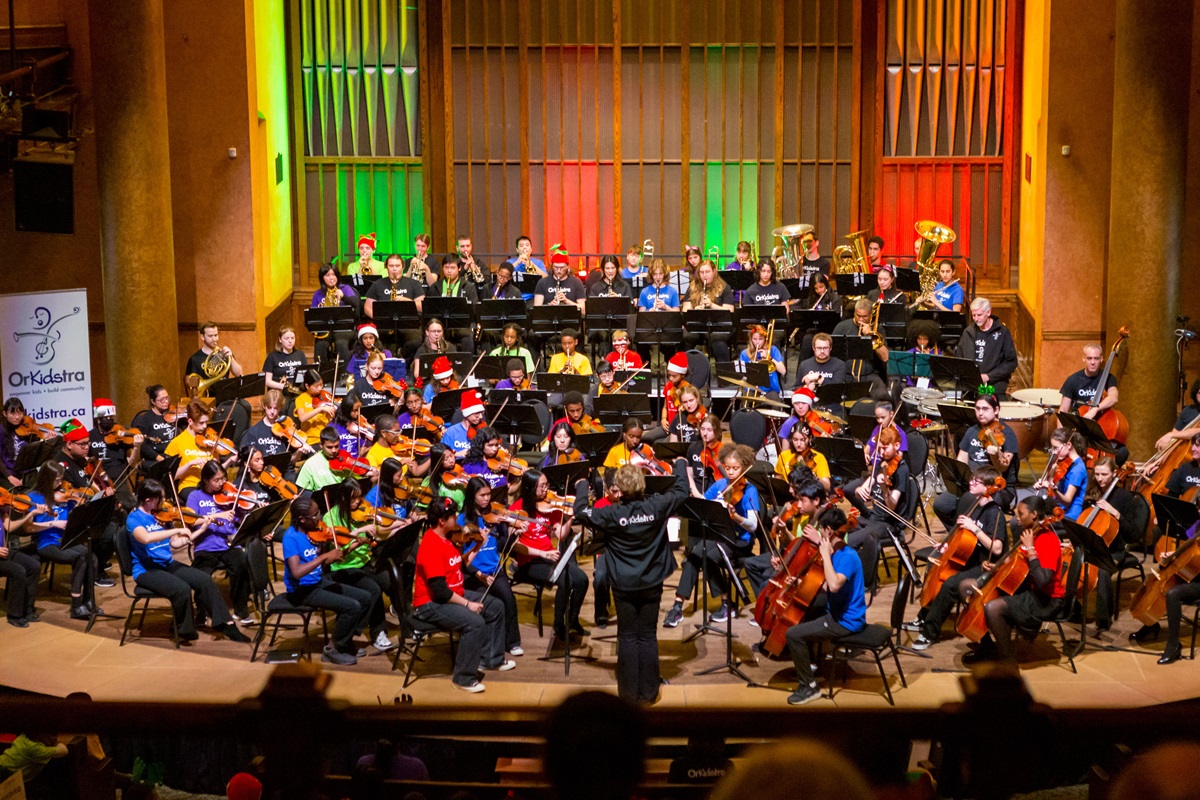Now and Then
by Iris Winston
Giving back comes in many forms. It can be as simple as responding to a ring at the door and hearing a tiny smiling child in uniform asking if you would like to buy Girl Guide cookies.

I don’t care for the cookies but never have the heart to refuse. It is much easier to turn down an unsolicited phone call from an unknown charity, even if the call is coming from someone who claims to be one of the people with the condition or need that the charity supports. It is even easier to ignore any unwanted gifts, such as carrier bags, cards, pens or small coins that arrive by mail. Clearly, they are aimed at prompting a good-sized donation by instilling a guilt trip in the recipient. I never feel obliged to give because of those gifts, always wondering how the organization can justify spending on these products when they are trying to raise money for charitable purposes.
It seems to me there are better ways to raise funds and more effective ways to give back even when you are not in a financial position to offer a major gift, such as the funds to build a care facility like the Dave Smith Youth Treatment Centre in Ottawa.
Community builder and philanthropist Dave Smith raised over $140 million for charitable causes during his lifetime. A kind and generous man, he was always giving of himself.
The kindest people I know invariably give of themselves in some way. They might do so literally by being a blood donor or actively by volunteering time to help others. For instance, delivering meals to shut-ins and driving wheelchair-bound individuals to medical appointments are time-honoured ways to make a positive difference in people’s lives.
Another major way of giving back is through sharing talent or professional expertise by mentoring a young person trying to learn something of your particular skill.
This is precisely what has been happening every May for the last three years since Alexander Shelley, the National Art Centre Orchestra’s music director and conductor, introduced the Play it Forward mentoring program. For three weeks each year, successful applicants, from Canada and other parts of the world, are paired with mentors to rehearse and perform together in an intensive professional development program. The practical knowledge that the young emerging artists gain through their mentors’ guidance is a major stepping stone in their musical careers. It also helps to ensure the future of live orchestral music through their own progress in the field.
As Alexander Shelley puts it, “Creative partnerships are part of the NAC Orchestra’s DNA and we are especially passionate about working with the next generation of classical musicians.”
His passion for arts education is demonstrated in a number of ways. For example, in a recent telephone interview I had with him, he was walking across a park in Baden Baden, Germany, taking a break during his leadership of a tour of the Youth Orchestra of Germany across that country.
As well as working with young professional and pre-professional musicians, he supports very young artists. He is an ambassador for Ottawa’s Orkidstra, a charitable social development program that offers free access to music programs, and other similar organizations around the world.
“Whenever I can, I am involved in arts education, whether it’s touring with kids at a very high level of expertise and performance or at different entry points,” he says. “There’s the kind of education where you are simply finding joy in learning instruments and playing together and there’s learning transferrable skills through music: how to practise; how to apply oneself to a problem and solve it; and the teamwork of being part of an ensemble, for instance. Above and beyond the artistic aspects, these skills nourish the general well-being and competence of young people. Projects like OrKidstra are wonderful, for the kids and for the people teaching and involved in any way.”
As well as serving the main purpose of providing support by offering your time or expertise and, to a lesser extent, through financial help, the involvement and social connections of giving back can be very rewarding for the givers.






